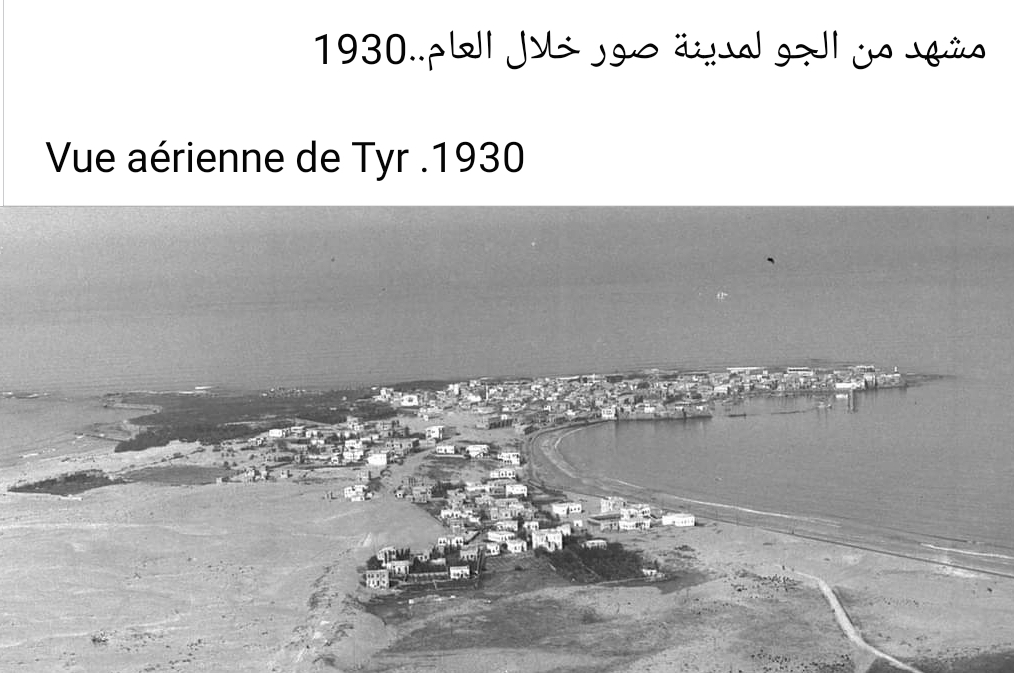Cultural heritage has always been an integral part of the identity of nations, connecting the past to the present and future. In a country like Lebanon, with its rich history and civilization that stretches back thousands of years, the preservation of cultural heritage becomes a necessity. Lebanon is not only a land of breathtaking nature and unique geography but also a country of successive civilizations that have left their distinct marks on its landmarks and relics.
Lebanon’s cultural heritage is rich with archaeological landmarks, traditional art, and social customs that reflect an astounding diversity that dates back thousands of years. This heritage is the bridge that links generations and strengthens national identity, making its preservation a pressing duty for future generations.
- The Importance of Preserving Cultural Heritage
Cultural heritage is not merely ancient ruins or abandoned buildings; it is the heart and soul of society. It represents our identity, collective memory, and carries within it the stories and experiences of peoples. Preserving this heritage is not limited to protecting archaeological and architectural sites but extends to include the arts, customs, and rituals that distinguish each region of Lebanon.
Preserving cultural heritage is also an investment in the future. In addition to its role in strengthening national identity and fostering pride, heritage plays an important economic role. Cultural tourism represents a major source of income in Lebanon, as tourists from around the world flock to discover famous archaeological sites such as Baalbek, Byblos, and Tyre. Thus, protecting heritage contributes to achieving sustainable development and boosting the local economy.
- The Resilience of Sidon and Tyre Throughout History
Throughout the ages, Lebanese cities have always been at the heart of historical events. Among these cities, Sidon and Tyre stand out as prominent examples of resilience and resistance. These two Phoenician cities have witnessed numerous invasions over their long history but have always managed to
rise again. The city of Tyre, once considered one of the most important commercial cities in ancient times, was invaded by Alexander the Great in 332 BCE. Despite being heavily fortified and located on an island, Alexander managed to destroy it after a long siege. However, Alexander’s might could not erase Tyre’s identity or cultural heritage. The city rose again and rebuilt itself, later becoming a center of civilization and culture.
As for the city of Sidon, it too faced numerous invasions from Persians, Romans, and other conquerors, but it always embodied the spirit of resistance and resilience. Despite being burned and destroyed on several occasions, Sidon survived and continued to be one of the most important centers of Phoenician civilization in Lebanon.
- Heritage as a Symbol of National Resilience
The resilience of cities like Sidon and Tyre throughout history is a clear embodiment of Lebanon’s national spirit of endurance. Lebanon, as a nation of multiple cultures and religions, has always been able to adapt to challenges and difficulties, whether natural or man-made. The preservation of Lebanon’s cultural heritage reflects this resilience, serving as a symbol of the strength of Lebanese identity.
This heritage is not just remnants of the past, but it is a crucial element of both the present and future. It is a testament to Lebanon’s ability to confront challenges, whether they be historical invasions or modern threats such as wars, urban expansion, and pollution.
- The Role of Society in Preserving Heritage
Preserving cultural heritage is not the responsibility of governments alone but is a collective duty. Civil society, cultural institutions, and schools play a significant role in educating new generations about the importance of heritage preservation. Local and international initiatives also strive to protect Lebanon’s archaeological sites and cultural landmarks from destruction and neglect.
Many efforts are being made to preserve Lebanese heritage, whether through restoring archaeological landmarks or promoting traditional arts and crafts. These efforts reinforce the role of heritage in building a cohesive national identity rooted in its historical origins.
Lebanon’s cultural heritage is not merely stone relics or architectural landmarks but is a living memory that connects present generations with an ancient past. Preserving this heritage is a national duty that requires concerted efforts from all sectors of society. It is a heritage that carries within it stories of resilience and resistance, as seen in the cases of Sidon and Tyre, and is proof that Lebanon, despite all challenges, will always be a country brimming with life and civilization.
Everyone may come and go, but Lebanon and its regions remain. Future generations will inherit this legacy that forms an essential part of their identity and existence.


